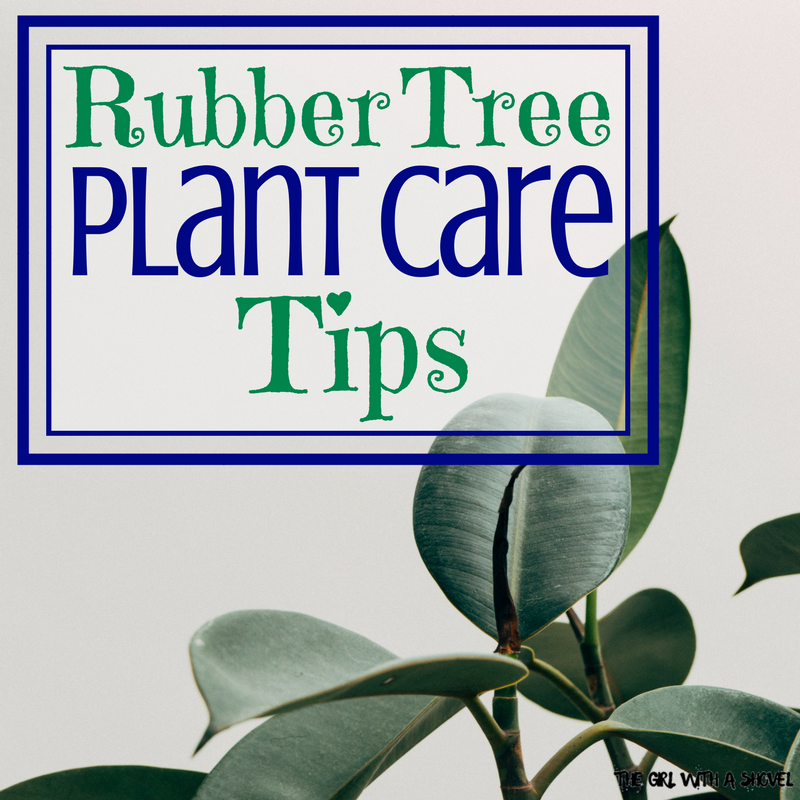The Rubber Plant, Ficus elastica, is one awesome plant for the indoors. Not only is it super popular and can be found at many of the mainstream gardening centers, but it has also gained this popularity for being showy and relatively easy to care for! But the big question is, how do you take care of it? No one wants to spend money on a beautiful plant, just to see it die within a month. That’s just sad. So here are some tips to keep your rubber plant green and healthy!
*If you don’t yet have one of these cool plants, you can get one here!*
**Note: This post contains affiliate links, which if purchased, I will receive a portion of the profits at no extra cost to you. This helps me to keep providing you with this awesome information!**
Rubber Plant Light Requirements
Rubber plants are a bit more precise when it comes to light. They like bright, but indirect light. That means a nice sunny room, without being right in front of the window. If it has to be in some direct sunlight, it would prefer morning light, when the sun still isn’t too harsh. Some signs to look for are if the plant starts stretching out and the lower leaves drop, then your plant needs more light. If the leaves are full, but are drooping downwards, then you need to decrease the amount of light.

Rubber Plant Water Requirements
Rubber plants have two different seasons. Growing season and dormant season. Growing season occurs during the summer and this is when it needs the most water and likes to be fertilized. During the dormant season, your plant needs much less water (sometimes needing water as little as once a month!) Just make sure that your plant is in well-draining soil, as well as in a well-draining pot. This little guy hates to be sitting in water. Here’s a rule of thumb for your watering… if the leaves turn yellow or brown and fall off, then it is getting too much water. If the leaves are drooping, but don’t fall off, then your plant needs more water. For more tips on how to water your houseplants, click on the link here!

Additional Tips
If you’re worried about killing your plant as soon as it gets home, then try starting small. A smaller plant will acclimate much easier to a new environment than a larger plant will. Then if you want it to grow faster, you can put it outside during the summer (but still make sure it isn’t in direct sunlight, it receives plenty of time to acclimatize, and it receives plenty of water). In contrast, if you want your rubber plant to stay smaller, keep it in a smaller pot and trim the ends once it reaches the preferred height. This will stop its upward growth and will instead encourage further branching.
A few more things to look out for… Don’t place your rubber tree where there are cold drafts. This is sure to kill your tree. And if you’re living in a cold, drafty basement, then believe me when I say from experience that none of your ficus plants will survive! You’ll be much better off with a non-tropical plant.
Also, make sure that you clean the foliage often so that the leaves stay shiny and will be as healthy as possible.

*Note: Rubber plants are toxic to dogs and cats. For a list of plants that are toxic to pets, check out my post here. Or, for a list of non-toxic houseplants, check out my post here!*
That’s all for growing tips for Ficus elastica! If you have any more tips or fun stories about your own rubber plants, feel free to leave a comment! And if you don’t have one of these amazing plants yet, grab one from the link below!
Happy Digging!

